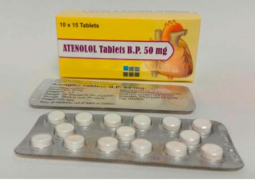
The company officials revealed this during the recent launching of the EMPAS poultry out-grower scheme.
According to the EMPAS officials, the focus is to develop a network of 80 broiler commercial out-growers’ farms producing 30,000 broiler live birds per month.
The premise of the EMPAS out-grower scheme is that poultry systems are highly inter-related, and could not be addressed by a single discipline approach.
The parent stock, hatcheries, out-growers, processing and marketing must be coordinated at the national level.
To do this, management and economic capacity is important, which is found at the firm and not at household level, said EMPAS officials.
Poultry are the smallest livestock investment or any meaningful investment a village household could make, said one official.
Smallholders are generally constrained by poor access to finance, markets, inputs and services, and EMPAS seeks to work with youths and women who would grow day-old chicks to maturity and meet the national and even regional poultry demand.
According to EMPAS officials, women often have an important role in the development of family poultry production, as extension workers and in vaccination programmes.
The Farato processing plant has a capacity to slaughter, process and package 1500 birds per hour, meeting the highest standards of food safety.
The equipment is stainless steel manufactured by Stork Morel one of the leading food equipment manufacturers in the world.
According to officials, EMPAS was created as a response to the government’s call for food self-sufficiency.
The aim is to increase consumption of locally-produced poultry, increase food security, and create a market for both locally produced corn and fish, which are important components of the poultry feed.
According to a paper presented on EMPAS, the project poultry expert said the target is that at the completion of the project, out-growers would have in their possession a minimum of 2000 broilers or 1000 layers with their required inputs, and they would have to meet some requirements thus determining the price of produce.
EMPAS believes that the best way to ensure mutual commitment to an agreement is to engage out-growers’ representatives in open and transparent price-level negotiations, based on realistic production costs in which both parties share the benefits and risks of changing market price.





